|
It seems that we are trying to get back to the normal pace of life these last few months! I have had some success in shows and fun on a podcast. Here is the info to get you caught up!
1 Comment
Just Thinking, recently won the Janome Prize for Innovation in Artistry at the 2021 International Quilt Festival. and will now be touring with the Festival until late 2022. This was a great honor and a validation of a piece where my goal was innovation in both technique and subject. A short interview I did with the festival about this quilt can be found on my PROCESS AND VIDEOS page. I had several other quilts in the show as well. Here are those: .At the 2021 Quilt National Biennial Show., 6" of Chaos won the Award of Excellence from the International Quilt Museum, Lincoln, Nebraska. This award was a purchase awar, and my quilt will now be part of their permanent collection.
It was a majow honor and surprise to get this award, and the weekend spent there was lovely. Just to see old friends and make new ones, and talk fiber art all weekend. See my Process and Video section for the interview about this quilt.  I am continuing to click away with my camera in answer to the "challenges" given in the photography plass I am taking. This week we are photographing ROADS. I actually have thought about it a lot since moving to Virginia. I grew up with the roads with wide shoulders in the Midwest. Even the country roads have large right-of-way gravel areas on both side for emergency parking, snow piles, and, in my case, photography or plein air paining. But here in Virginny, it seems that if you want to stop at the side of a road there is always a major ditch, hedge, trees, or fencing. There are very few turn-offs that are not private property. This is a shame, because there is also breathtakingly beautiful hills, horseland pastures, mountain views, undulating fence rows of all ages, and old homesteads to be seen. I decided to try anyway. I turned off the main road onto this little road, and the view was wonderful. However it was a one lane road with no shoulders! I opened my door, and quickly took this shot then had to back up to let these cars go past. Here are a few "altrnative" roads shots I took: Photogs love that hour before sunset and the hour after dawn. The light is frequently bathed in gold. Sometimes pink or orange, and an hour later a beautiful dark and silky blue. It is those times of day that everything appears serene and special - even a construction trailer or a trash filled underpass. Hope you enjoy these.
But of course I did take my camera. It helps me meander. Photography stops me in my tracks to notice. Here are some of the things I noticed. I do not read much poetry. I remember virtually none. But somewhere in my head there is one poem, heard in my teenage years, that is always with me. Back then, I found it touched my soul, and I still find that "oft, when on my couch I lie, In vacant or in pensive mood" this poem and days like today come to mind. I Wandered Lonely as a Cloud BY WILLIAM WORDSWORTH
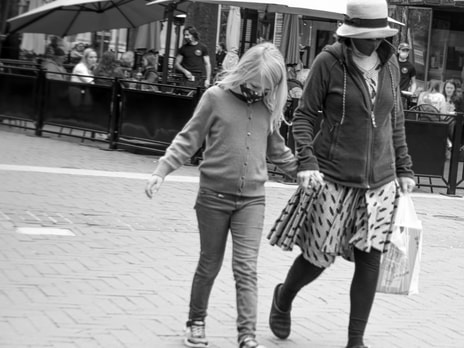 This was a "shoot from the hip" shot where I only had one take as they past. The held hands, the patterns, the movement make for an interesting shot. This was a "shoot from the hip" shot where I only had one take as they past. The held hands, the patterns, the movement make for an interesting shot. Before moving to C’ville, my subject matter was mostly barns, cows, birds, flowers, snow, and sunsets. They were in abundance around our home in Wisconsin. Since moving to Charlottesville my surroundings have become urban and human! We live a block off the downtown pedestrian mall, and prior to Covid, it was a happening place; and the shops, restaurants, bars, coffee shops and many outdoor concerts and buskers were my muses. This past week our photo class assignment was street photography. I haven’t done much in the last year, because of distancing, closed businesses, cancelled entertainment, and masks. Things are loosening up and with the coming of spring came the people. So yesterday I went out and stretched my street muscles.  Many people question the legality and validity of street photography. Here is a link that explains some of the issues, but I also use my own rules when photographing people. I am hoping to celebrate the human condition. I am not a journalist who is trying to make a statement about policy or plight, but rather a mirror to catch glimpses of the wonderments around us. So I try to be kind with my photography. The captions I have included with these photos further explain my thoughts. Enjoy, and click on any photo to see a larger version. The photo on the left is more about the bricks and the smoke than the person. I love the way he is almost a silouette against the bricks. I took these two photos to show that "street" isn't always "faces". I shoot people from the back often. These two young women were just delightful, and this shot portrayed their movement and closeness much better than the one I took from the front. On the right photo, I was watching the humans interact, when I finally noticed how the canines were interacting. Their "conversation" was more interesting than the human one! I took about 25 pictures of this couple. I couldn't hear a word they were saying, but it was evident they were totally enthralled with each other and in their own world. If I were a writer I would have written a short story about them. These photos are almost more portrait than "street". I really lucked out on the lighting and with the dark bar behind her face that really added contrast. I am including more of these shots below because they are just too fun. The center one is when a little girl outside the coffee shop also spied them and knocked on the window to wave! This last photo is also at the coffee shop; And while the couple was animated, this person was serene and solo.
Well this was fun!! This week we explored layering a photo with a texture. This sounded easy until I started trying to to integrate one with the other! The two needed to share an affinity for the same composition and also not fight for the visual interest or fight colors.
These are the two photos that went together to make the above photo.
This week the photo challenge dealt with using an editing trick...to use the mirror image in editing to create a new symmetrical photo. It was an interesting way to look around; to judge how something would look as or with a mirror image of itself. Of course that sent my mind wandering and wondering about mirrors in general. We really don’t see ourselves in the same way others do. We see ourselves flipped horizontally the majority of time, while others see us the other way around. Here I am as the way you see me, the way I see me, two of one side merged, and the other side duplicated and merged! As a kid I often looked into the mirror and really wondered what I saw. I had the distinct feeling that I was an entity inside this body and not the body itself. I would look at others and wonder what it would be like to inhabit that body instead of mine.
And now as I age, that disconnect becomes stronger. It is ever more evident, with each year, that the mind and body do not age at the same rate. Most of my friends readily admit to being a 30-40 year old housed in their 60-70 year old body. Body dysphoria is a real thing. I have seen it and heard about it first-hand from my daughter. Assigned male at birth, and later realizing that there was an incongruity with the body she inhabited and the gender she felt, she has claimed her real self as a transgender woman. I can’t begin to understand the confusion, anxiety and every other emotion that one would experience in that situation; looking in the mirror and seeing a stranger. Or the relief and joy of being able to align your mind/gender and body/appearance in whatever way you can. People who lose weight, lose a limb, are scarred, or altered in any other “disfigured” way must feel this disconnection between self and body, too. To realize that our bodies can morph or change, while our minds may stay the same. With some changes we get further from our mental self, with other changes we may come closer to familiar territory. The reverse can also be true; when the mind changes but the body does not, as with dementia or mental illness, but that is a whole different musing. This reminds me of a surprise birthday party we once attended. It was being held in a farmhouse in a very rural area which meant the host and the ‘birthday girl’, could tell from a distance that there were people in their house if any lights were on. Consequently, all of us attendees, most of whom didn’t know each other, spent about an hour in darkness before the guest of honor arrived. We laughed and joked and conversed freely. But once they arrived and the lights went on and we could see clearly, the demeanor changed. It became instantly more stilted and self-conscious. We were all trying to align the people we met with the people we now saw. It was a very interesting experience. Anyhow, this is just a recognition of how important it is to recognize the whole person at all times. How visual representation is an easy way to judge and be judged, but it is only half (or less!) of the story. Okay enough digression. Here are some more of the mirrored images I had fun editing.
here are a few of my older photos that I also think portray "abandon" well. This week I looked at the world in black and white. But it occurs to me that is exactly what we have been doing too much lately. Every artist knows that contrast is important; shadows and highlights are what give the image depth and edge and impact, but it is the gray areas that can provide the detail and connections. While in politics or mask-wearing, or climate change there will always be the presence, and maybe the need for, the black and white extremes, the answers are usually in the grey areas. The areas of nuance. The areas of softness. The connective areas. In editing these photos (which was our challenge this week), it was tempting to go for the high contrast. Maybe that is a throwback to my roots in relief printmaking. But as I worked on them, I realized how important the gray areas were. By subtly making the grays darker or lighter, it would change the focus to a whole different area. They could calm down either of the extremes of black or white. They could add a softness and stillness to the subject. I have included this “before and two afters” of one of the photos so show you how the entire focus of the photo, the woman in foreground, changed to the people in the background with the edits and crop. (click on them to see them larger) Perhaps that is how the news and commentary we hear these days gets edited.
They leave most of the blatant black and whites, but change the focus, nuance or slant by just shifting the gray areas of the story to change the picture to meet their purpose. Both of my pictures above are truthful. Both show a moment in time that actually existed, but the read, the inference and the narrative has changed. So neither is “fake news” but each tells a different story. So what is my point? I guess just the old saying Caveat Emptor - Buyer Beware! In art we accept the use of artistic license; it is what gives artists their voice and expression. When it starts to enter journalism or science, when those gray areas get shifted towards supporting either the black or white, then we must recognize it and be aware that it is happening. If we limit ourselves to seeing only the whites and blacks of an issue, we will miss the gray areas of the picture that include both some black and some white. In the meantime, here are more of this week's photos for you. We finally did it! Jon and I got our first vaccinations. It took more than an hour on the CVS website, with a map of Virginia close at hand, but I managed to schedule us both. Last Friday we drove 50 miles to the Northeast to get mine, and today we drove 50 miles to the Northwest to get his. This morning was gloomy and cold and we "had to" go for Jon's shot. I wasn't looking forward to the drive which included a bit of highway over the mountains. As always, though, I took my camera. It was absolutely beautiful. The snow and ice had covered the trees, but the roads were fine. The frosted trees stood like lace against the hillsides. Luckily Jon was driving, so I could roll down my window and snap away. Snow in Virginia is a gift. Unlike in Wisconsin where it is a way of life, in Virginia it is a celebrated event. Here, without snow plows and snow blowers with which to remove it, it is accepted that you just enjoy it while it lasts because it will be gone soon. The difference is the light. In the north there are those glorious days of blinding-white snow, purple-blue shadows, and snot-freezing temperatures. We don’t usually get those in Virginia. When the sun comes out here, the snow will probably melt so our snow days are usually foggy, milder, and soft. So while things were melting in the city, it was beautiful in the mountains, and my “had to” day changed to a “thank you” day. Here are some of the pictures:  One of the first things one does in drawing class is draw shapes; the cube, the cone, the sphere. Shape is also one of the fundamental elements for design and art. This week, in my photo group, we also addressed it as an element of photography: How to pull out a singular shape from your surroundings and photo it. Again, reflecting life. Are we in good shape? Are you out of shape? Shipshape. Shapeshifting. What shape is the world in? We are all squared up. Round and round she goes. Lovers’ triangle. And so many more idioms about shape. I found it much easier to see round shapes than the more angular varieties. Maybe that is my visual preference, maybe it is something more primitive inside. We relate to the round of the moon, the sun, the earth. Roundness is soothing. The circle is never-ending. While shooting this week's shots, I loved the way I was looking at the details of the world. I was also taking things out of context and celebrating them for their own character. Sometimes it was about the presence of the shape. Sometimes it was about the absence of the shape. Sometimes the shape was merely implied. Anyhoo… enough musing and here are the photos: I don't get too many days to wander in the snow here in C'ville... but today was one of them, check these out!! 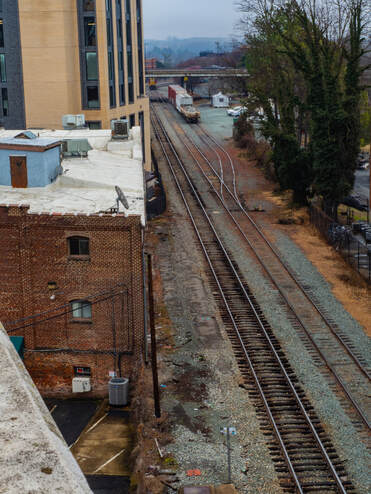 Though I thought my on-line photography class was going to be about photography, I’m finding it to be so much more. This week we are challenged with “long focus” photography - a technique that keeps all areas of the photo in focus, regardless of their proximity to the photographer. Long focus has never been my “thing”! In life or in photography, I have lived my days very open to the immediately accessible and enjoyable. I have written before about finding inspiration within an eight-foot radius of where I am at any given time. I’ve rarely planned for events in my life; things have happened and I have embraced, accepted, or wondered at most of them. It has been satisfying and rarely disappointing. The counterpart, and perhaps safety net, to all this has been my husband and partner in life. He does the long-term planning while I (hopefully) make our days interesting. I thank him for our retirement and security. This week I took pictures of railroad tracks, cemeteries, and cityscapes. Though it was hard for me,I tried to compose each using something other than close focus. I realized so many of my previous shots were done with zooming in on a detail or object, with a depth of field that lets most all else dissolve. The first challenge was on using “selective focus” which was a piece of cake but this one, not so much. During my hiatus, I’m also hoping to add more “long focus” to my life. Age has a lot to do with this. When I was young, time was very abstract. There was almost too much of it to comprehend. But as I get older, I realize that the future is finite! This is also true for my physical self. My young body responded, rebounded, recovered, but now the warranty is ending for some parts. The idea that the future may be becoming one with the present is something that is dawning on me. Perhaps a bit of planning may be in order. I guess I could skip that cake/cocktail/chips for the possibility of more future. I guess walking a couple miles today, might up the odds for my being able to still walk a few years from now. Like they say “aging is not for sissies” and I have never been called a sissy! Here are some long focus shots for you: 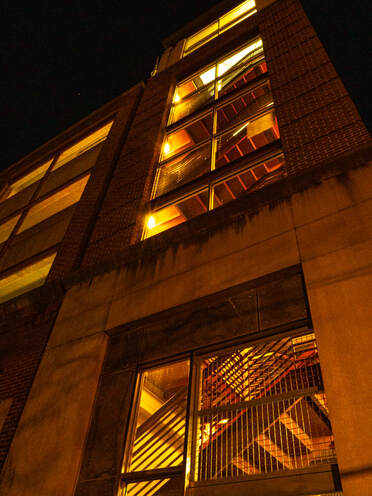 I have always loved driving or walking at night and seeing frames vignettes formed by light and window panes. There is a serenity in those light portals, bright against the dark of the night. Often the hues emanating give me a hint of the activity within; The cold blue light of a computer screen, the fast flicker of the TV, maybe twinkles of some Christmas lights someone couldn’t put away yet. No, I am not a peeping tom, just an admirer of the human condition! Being in the heart of the city, I have found it so easy to go out and explore under the golden glow of whatever lights illuminate the streets. The contrast of that warmth and the neon or fluorescent lights of the businesses are a play of color that never ceases to entertain me. It is also the chance to see much of the “back of the house” work that I don’t see in the daylight. The kitchens of the restaurants become visible at night. The other thing about windows is I see three dimensions at once: what is inside the portal; the window glass itself; and then what is outside the window in the reflection or environment. The view changes when I change my focus or that of my camera. So it is much the same as the multi dimensions of my fiber art. I expose the hidden layer of fabric through slashing, I have the base layer and then layer with fabric or stitch over that. Some of my work is about the previously hidden layer, some about the photo layer, and some about those layers of transparency with stitch added on top. This week, my photo class assignment is “windows”. So I dutifully have been haunting the streets - day and night - to fulfill this assignment. Here is a slide show of some of my favorites: And then today, there were the windows at the car wash!!
 "A line in the sand." "The line starts/ends here." "Stay in line" "Lineage" "Don't cross that line" "Read between the lines" "The shortest distance between two points is a straight line" Lines are an integral part of our visual and verbal languages; they are everywhere. They are also the subject of last week's challenge in my photography class. This challenge sent me on a quest to see and record the lines around me; nature lines: man-made lines; perceived lines; lines made from light; lines made from groupings. Thematic quests have always been a kick for me, just like I love thematic art shows. To take a subject - the more mundane the better - and make it a focus is a great way to see the variety that exists in existence, expression and perception. I would love to tell every artist in the world to make an apple and see the myriad of creations that would inspire. One of my favorite museum shows was that of the paintings done by VanGogh and Gaugin when they lived together. To see the same model or landscape painted by each at the same time, in the same place, was just wonderful. I am so enjoying my life drawing sessions now for the same reason. The uniqueness of each person's art is just fascinating to me. I have always loved creativity with limits. In Graphic Design, my life for 40 some years, limitations were the norm. I always had limits of time, budget, production, and message. I loved pushing creativity as far as I could within those parameters. The lack of those requirements was one of the hardest things for me to get used to when I moved into fine art. Creating limits for myself was one of the reasons that I started entering shows. There I found size limits, construction requirements, and often a required theme. That was comfortable territory. It is interesting now to look back on five years of making fiber art, and seeing what I have done. I am starting to recognize a voice of my own. In creating my own boundaries I am also defining myself and my art. I am sure many people find self and then make, but for me, it has worked in reverse. I let the make come out and then, in retrospect, I recognize an internal familiarity. Perhaps that is what ‘voice’ is; just how we each approach and record this universal subject called "life"! I look at work that I did many years ago - paintings, prints, drawings, and even design - and see a direct line to what I am doing now. I notice a repetitive use of a preferred color way. I recognize my joy of details and texture. The compositions then and now have a similar resonance. Even the subject matter is often consistent. This retrospective recognition of voice is an unanticipated benefit of age. But, enough of this tangent (see what I did there), back to my photo class… Here is a slide show of some of the lines I found this week. Last night chaos reigned in D.C. This morning angst reigned on Facebook. This afternoon I had to get away from it all. I headed up to Skyline Drive and started snapping, I hope you enjoy this respite from politics. I have taken photos forever (the joke at home is that “if mom didn’t take a picture, it didn’t happen”). I have used all types of photo equipment. I started with a point and shoot (remember flash cubes!) and moved to a Minolta in college when we shot film and used the darkroom to do any dodging and burning. This required carrying many lenses in a camera case that weighed about 40 pounds! Then on to a Fujifilm Finepix digital, with a built-in zoom, followed by a Sony mirrorless with a couple of lenses. I actually had worn out my little Fuji! Now I have an Olympus mirrorless. This would seem to suggest I know something about the hardware side of cameras, but that is not the case. I know the three main adjustments; ISO, shutter speed and aperture, but still rely on “auto” - especially with my newest camera. Like my sewing machine, this camera is capable of doing so many things that I will never want it to do! When do you really need to take photos with all those filters? The digital menus are ridiculous in their options and layers. Like with my sewing implements and processes, I have had little patience for the learning curve, or the progressive consistency required to master the machine or technique. I tend to welcome “happy accidents” more than planned successes! But this can only get one so far. My photography has always been dependent on my eye more than my technique. As a graphic designer who hired photographers and someone who was a photo director (“do as I say, not as I do”) on many shoots, I recognize my limitations because I have seen what those who really know what they are doing can do! I have had little interest in really delving into the intricacies of what could push my own photography ahead, but I decided it was time to try! I have signed up for a weekly photography class and expect it to be both wonderful and humbling. Already I have been emboldened to try some of the magical buttons on my camera. I am learning to use the correct software for storing my files, and this is just week one. This means, over the next few months, you will be subjected to images and chronicles of my adventures. Hang in there! Now, I present these images of a park in Charlottesville, VA. I was there earlier in the week and snapped a photo with my phone. When I woke up the following morning the weather was about the same, so I decided to go back with my “big girl” camera and panties and shoot again. I am glad I did. Here is the result.  Much influenced by the UW printers at age 16! Much influenced by the UW printers at age 16! It was a few months before “The summer of love” when I saw the headline “6,700 hippies expected this summer” in San Francisco. My older, wiser, and worldly sister had sent me a ticket for my 16th birthday to come visit her. It was my first time traveling on my own, my first airplane ride, and my first time in a place where 95% of the people were not birthed from either a Scandinavian or German heritage! She worked as a nurse during the day, so I was free to explore the city. She gave me directions to the art museum, and off I went. I come from a wonderful family, but our art was TV; literature was the Encyclopedia Britannica and Reader’s Digest; music was the local AM station and Lawrence Welk. I already knew I wanted to be an artist. I had sought out some of the art being done locally in the fantastic print department of the University of WI (Dean Meeker, Warrington Colescott, Walter Hamady, Ray Gloekler, et. al.). I had purchased a well-worn copy of Janson’s History of Art from the UW bookstore. But short of that I had never been exposed to “real art”. I approached the museum with no idea what to expect. I walked in the door and was stopped dead in my tracks. If I had been older, I might have dropped to my knees, or fainted, but at sixteen I turned and ran, tears streaming down my face. Inside the door was one of Monet’s waterlily paintings - about 6-foot square. My mind was quite literally blown. I had looked at his work so many times in that dog-eared Janson book. Some black and white; some very small reproductions. I guess the measurements were there, but they had never sunk in. I did go back, in a day or two, and tour the museum. Had tea in the tea garden. Road the trolley cars. Ate seafood on the wharf. All were great I suppose, but I have never forgotten, and still tear, up at that Monet. Last week I was reading a book by John Berger “Ways of Seeing”. It is an old book (1972) that I have read before but wanted to revisit. He talks about the difference of seeing art in situ, vs reproductions.  “The uniqueness of every painting was once part of the uniqueness of the place where it resided. Sometimes the painting was transportable, but it could never be seen in two places at the same time. When a camera reproduces a painting, it destroys the uniqueness of its image. As a result, its meaning changes. Or, more exactly, its meaning multiplies and fragments into many meanings…. Having seen this reproduction, one can go to the National Gallery to look at the original and there discover what the reproduction lacks. Alternatively, one can forget about the quality of the reproduction and simply be reminded… that it is a famous painting of which somewhere one has already seen a reproduction. But in either case, the uniqueness of the original now lies in it being the original of a reproduction. It is no longer what its image shows that strikes one as unique, its first meaning is no longer to be found in what IT SAYS, but in what IT IS.” (Emphasis added) Considering these words were written before the proliferation of many of the t-shirts and coffee mugs now sold in art museum gift shops, memes made from art works, Pinterest, and Google, he is only talking about the tip of the iceberg! What made me now think about this were the many virtual events and exhibits that are now seeing us through the pandemic. I cannot say enough about how I appreciate what many galleries and exhibits are doing to keep art sales and artist exposure alive and well during social distancing. Personally, McGuffey, SAQA and Visions Art Museum are notable in this, and are appreciated, but they have also raised some concerns. Before COVID, many artists, myself included, expressed concern for show and exhibit jurying being done electronically vs in person. The efficiency of doing so is obvious, and the history of judging via slides is long, but it does present questions. Those questions have been validated by the number of times I have heard the exclamation “your work is so much better/different/more intricate in person than online or in print.” But nonetheless I totally understand the need to jury hundreds of entries electronically rather than the logistics of gathering/storing/returning the actual artwork at that stage, as it is being done by professionals who also use and understand the realities. However, that platform is now being embraced for the next step; the final show for the general public. Again, during COVID restrictions, that is both understandable and appreciated, but will it continue into “after”, and if so, will it have an effect on the artwork produced? Will it become a normal adjunct to a show to have an online component? Or will the virtual completely displace the actual in some venues. Could this actually change what artists will make/enter in the future, or at least who would be juried in? Will it change the public’s idea of art? We are getting more and more comfortable with buying products on-line. Will we get comfortable in viewing our art that way? Will the actual experiences of shopping or gallery viewing become obsolete? I have been chastised in virtually every art museum I have visited. My nose evidently gets far too close to the canvases when I am trying to discern the brushstrokes or glaze applications. But how else is one to see exactly how that glint of eye was accomplished? The same in fiber shows. It is not possible to see the intricacies of stitch, the loft of bat, the layers or types of fabric in the majority of virtual or print reproductions. Thus, the subject matter and the gross (impact not quality) forms of the composition become paramount to the viewer rather than the smaller, but possibly more significant, elements of the piece. Even when “detail images” are included they are at a pre-chosen distance from a pre-chosen area, perhaps not one of the viewer’s choosing !  This morning, on Facebook I saw an announcement for “The Sistine Chapel in St. Louis”. A full “life sized” reproduction will be installed in St. Louis for tours at America’s Ballroom on the second floor of America’s Center. Here is their description: “Michelangelo’s Sistine Chapel: The Exhibition recreates the awe and wonder of arguably one of mankind’s greatest artistic achievements while allowing its visitors to experience this art from a new perspective. With special expertise and care, the ceiling paintings from the Sistine Chapel have been reproduced using state of the art technology. In order for the observer to fully engage and comprehend the artwork, the paintings have been reproduced in their original sizes. The overwhelming impression for the observer will be the dimensions of the art, the closeness to the picture and the modern style of the exhibition. [I am not sure those were Michelangelo’s hopes for the “overwhelming impression”] As a result, the visitor can explore the artwork up close at a distance impossible to achieve in the Sistine Chapel.” My question is how do you replicate the “awe and wonder” when you have also made the images accessible, and taken out of the sacred edifice and in a convention center? They go on to say: “Visitors who have never seen the originals will be intrigued and inspired to visit the Sistine Chapel at some time in the future. Guests who have already visited the Sistine Chapel will find a new way of observing the art.” And that, dear reader, brings us right back to Berger’s statement, “... its first meaning is no longer to be found in what IT SAYS, but in what IT IS.” [Emphasis added]  Recently I posted this photo of a pepper on Facebook. It was sitting on the counter after Jon had finished making our salads... just sitting there staring at me. Yes, I am familiar with the phenomena of pareidolia, but I just found this humorous. When I posted this, one of the comments that appeared was "You see art in everything". That statement took me back for a moment and made me think for a couple of days. Yes. Yes, I do see art in everything. It takes my breath away when I look around. I am amazed that that a brick and weed and the sun light can compose the perfect still life. I think the cigarette butt on the sidewalk is both a statement and a story - as well as an interesting composition. I am easily amused and impressed. The edge of that brick building against that blue sky is the perfection of complementary color. The fog that shrouds that parking structure, while letting the dried weed be in extreme focus, is more than I can comprehend replicating. 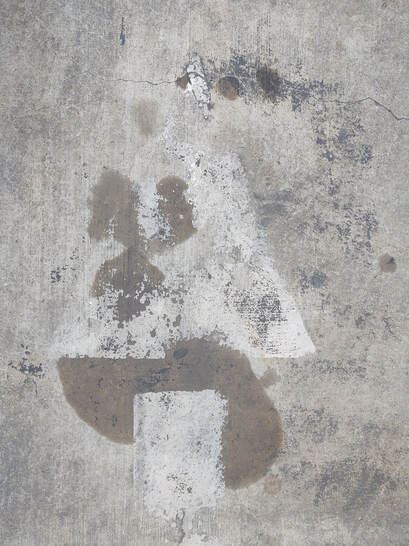 On the way home from my studio tonight, I saw this image in a bank drive through. Eat your heart out all you abstract expressionists. Frame it, put it in the east wing of the National Gallery and let the critics opine. They can write a missive on the tension between the lines vs the splashes, the contrast of the darks and lights. The significance of the shapes, or maybe they would discourse over the need for a pop of color. They would check the title for political or social significance. And contextualize it based on the culture from which the artist came. Was it art before or does it take validation or reproduction to be so? As I thought more about this, I thought about the very real discomfort I feel when some says, or asks if, I am an artist. Okay. Whatever. If I need to be qualified or quantified, you can call me that. But, as I have said before, I prefer "maker". I make stuff. It wasn't there. It didn't exist and I birthed it. I used my intellect, my heart and, occasionally, serendipity to do so. I made it. As I thought more about this, I decided that, perhaps, the real aim of an "artist" is not the product they make, but the continued attempt to make others see the art that already exists around us. I make for my own sake. Maybe we are - or should be - translators. I do believe people called artists see and appreciate differently; just as scientists, or mathematicians, or musicians, or chefs view their world differently. Then we attempt to use our human talents, venues, media, and connections to try to get others to see what and how we saw (or tasted or figured). It is how we write. It is how we solve equations. It is how we bake. Some of this we learn through academics. We spend hours and years in drawing classes not drawing the cube we know exists, but instead, the cube as we see it. Then we move to foreshortening in life drawing and still life compositions where we talk about the space between not just the objects. We learn to see with our eyes, not our head. Once we can do that, we start to understand how what we see exists for only a moment: a tilt of the head or the cloud momentarily over the sun can change the reality. How our specific moment and object of focus is a reality that no one else experiences in the same way. We are constantly saying "CAN'T YOU SEE THIS TOO?" and "OH YOU MUST SEE THIS". The landscape painter tries to capture and explain the moment of clarity they had when looking out on nature. The portrait artist doesn't paint just the resemblance, but the inner person as they saw or felt it. The photographer captures a moment that perhaps only they had the acumen/patience/luck to witness. The abstracters capture essence or movement or the core of something that needs no subject. I am about to stop my studio work for a period of six months. Part of this is because I have been having one of those "what does it all mean? Why do I do this? Who cares?" periods we all go through. I still have the compulsion to make, but at this time of my life, I am not trying to monetize, I am not trying make statements, I have no great affinity for mastering a specific craft or media, so what to do with this compulsion, and where is it best directed. I am thinking this chunk of driveway might be a clue.
My life and heart are full and amazed just walking down the street; nature or concrete or people or whatever is before me surpasses most of what I could ever make. I often feel that trying to make art is futile and the real goal I am striving for is just to see what is already out there. So now to figure out how or if I can or should just improve my seeing, or if I also try to translate to others. And if so, how. Of course, Degas figured this our long before I had my own "ah ha" moment: "Art is not what you see, but what you make others see."  That has to be one of the most discussed and least settled on questions ever asked. I know I have made art, been called an artist, enjoyed art, bought art, sold art, and even taught art, but still can not define the slippery beast! For many years I worked in the corporate world making “commercial” art (aka Graphic Design). It paid my grocery bills and car payments, it allowed me to use all those elements of design I had learned in school. My art satisfied a need. It helped some people get rich(er), it helped make people aware of products and services they needed (or didn’t know they did!). It was problem solving and satisfying for the most part. Was it art? Who knows. When abandoned by the corporate world due to economy and age, I turned to what many would define as craft, not art. For seven plus years I bought hundreds of thrift store sweaters, then surgically removed the arms, the necks, and strategically cut the rest to make hats, sweater coats, scarves, gloves, etc etc. It was satisfying. People responded to them and bought this “art” to incorporate into their daily lives. It was so fun to take my wares across the country and see people try on one after another. Some people had saved up their money to buy that one special art-to-wear garment. Others bought two or three, just as they would buy at Macy’s! I am sure the painters and sculptors in the booths around me (often waiting far longer for a sale) often though that my work was not real art. But people were choosing and noticing the colors, the textures, the technique and the overall uniqueness… isn’t that art? And it was so personal compared to the corporate art. It was personal to both me as I would drape a sweater over their back, and to them as they twirled in front of the mirror. Something aesthetically pleasing was giving them joy: Isn’t that art?  Now I am doing fiber art. Some are still slow to consider that an art media, but I will leave that discussion for another day. I have painted and made prints. I can honestly say that working with fiber has every bit of the same demand for aesthetic choice and technical knowledge that they did. But my audience and the “raison d'etre”has changed. The corporate work was done primarily to meet the demand and needs of the client (within my own design voice and choices) and were by their nature both timely and ephemeral. The garments were made with a general demographic in mind and the cost/profit ratio, as well as the artistic merit, was important with each thing I made. They were meant to be used and used up. My fiber art is self-directed and I am, in many ways, the only audience considered during creation. I do not do commissions, and will do themed shows only when the theme speaks to me. It is the kind of art that is somehow deemed precious because it goes on walls with no apparent use other than aesthetics. People do respond to my fiber work, and for that I am grateful, but it is always both a bit of a surprise and causes a bit of anxiety. Their response is so unplanned by me; I was working on something personal, and for them to respond is almost unnervingly intimate. I want people to see my work and, as I have said, the stitching and fabric help to show “how I as an artist see” - but I have no preconception of what they will see, or if they see what I saw. Some respond to the subject matter. Some respond to the color choice. Some respond to the intricacy. Those are all valid, but all dependent on their history, aesthetic taste, knowledge of process - all things I do not control or anticipate. It is a strange thing, this thing we call fine art. The art that is not marketing, not utilitarian, not commissioned. It has been a hard concept for me to embrace.  I have been asked to give workshops, or presented with other opportunities. That is also something I tried a couple times, but haven’t gotten my head around. When I was a Graphic Designer, I also taught. I taught design concepts, color theory, printing processes, etc. the nuts and bolts. When I was making sweaters, I was fine with sharing my technical knowledge about how to serge knitted fabrics, or my process. It was not proprietary and the construction was, in many ways, the idea of it all. It had no internal value to me. That was all knowledge I gladly shared without any problem. But now? What would I share? I use my design concepts, etc. but that is not what makes my work unique, nor my expertise any greater than many. I use a machine and various cutting and sewing processes, but that is not my interest or focus, they are merely a means to an end. I don’t even know what brand thread I use (or should use!). My process is “whatever it takes”! How would I convey that intimate sound my heart makes when I know something is right. How do I explain that shiver that goes up my spine when the right stitch makes the right texture. How do I communicate how after looking at twenty five of my photos, that one says “I am the one you need”. That is all good and fine, and I am loving that is what I am able to do now - with little thought to profit or demographic appeal, but in many ways, it is very ego-centric and almost art masturbation. But it can be seen for some reason, as some higher level of art, but I don’t think it is. Yesterday this girl came into my studio. At the gift giving season, I revert to the selling mode of my garment making days and make some earrings, gloves, and this year, holiday themed masks! The girl looked at my table of goods and picked out a soft cashmere pair of gloves. She didn’t care about the “fine art” hanging in my studio, she wanted those gloves in her life. She got them. I can honestly say that no one who has bought any of my “fine art” ever has expressed the pure joy of having it in their life, that she did for these gloves. Isn’t that art? Most of us who have had any Art training have spent time in life drawing sessions. I have taken them both as an undergrad and graduate student. I have taught them ( I am not confident in my capabilities there) and have enjoyed various models and instructors. Now I am trying something new. Not a Student. Nothing at stake. No required media. No critique. Just an immeasurable amount of self-directed experimentation and a copious amount of freedom. Today we reconvened after a two week hiatus. One of the benefits of moving from Wisconsin to Virginia that I had never imagined was to be able to do life drawing outside in mid-November! So take that Covid, you haven't stopped us! Like any exercise, there is both a natural roller coaster of the feeling of competency and joy. Like any exercise, a couple of weeks off also make you stiff! Today was like that. I had felt pretty good the last few sessions; Fluid, confident, focused. But not today. I struggled with which media to use, what to focus on and to avoid the trap of "making something good" . We had a great model. People do not realize how much difference that makes. When you are getting so intimately connected with a model visually, you can't also avoid getting vibes. Some models are uncomfortable, and it is impossible to draw. Some are just twitchy or itchy and don't realize that when you are striving to get the foreshortening correct and they stretch their leg and reposition it three inches over, it makes a huge difference. But today we had a model who nailed every pose. My props to Katie. Still, I was very disappointed with my work. I never felt that "artgasm moment" that makes it all worthwhile. But when I went back and looked at my work I realized that while the final picture may not have been "frame-worthy" I had actually been alive and aware after all.
As I mentioned the other day, my piece "6' of Chaos" was just invited to show in Quilt National 2021. Here is some info about how it was created. There are three main stages, with many small stages in between. First there is the photography. I take photos a lot. I have thousands in my computer. Only a few of these will become fiber works. If the photo speaks on its own, it doesn't need more, but some photos are just a recording of WHAT I saw, and not really HOW I saw it. Those photos need the textures and layer of fiber to complete their story. Secondly is photo manipulation. Sometimes a photo just needs some edits of contrast, or cropping or some minor color adjustments, but sometimes, like in this case, many images are merged together to form a new image. Each is manipulated with my editing program, then merged into one image. The finished file is then sent to be printed on fabric. The photo becomes the starting point; sometimes just an underlying sketch for my finished piece. It is an important step because it is where I make my base color, contrast, and composition decisions. Finally is the layered construction of the process. This can include layers of additional fabrics either above or below the photo fabric, hand and machine stitching, couching of yarns, fabric paint, or whatever it takes to create the colors or textures that I need for the piece. On some pieces non-fiber items like found objects or produce netting is added. Together these stages create a unique image and surface for my work; one that neither photography or fiber could create on their own. The photo manipulation After the fabric is returned with the photo printed on it, I start to add the layers of additional colors and textures. I have used some of the same techniques I show on the DEMONSTRATION page, but also some additional ones that are unique to this piece. Below are some detail shots and information about the process(es) used in that area.
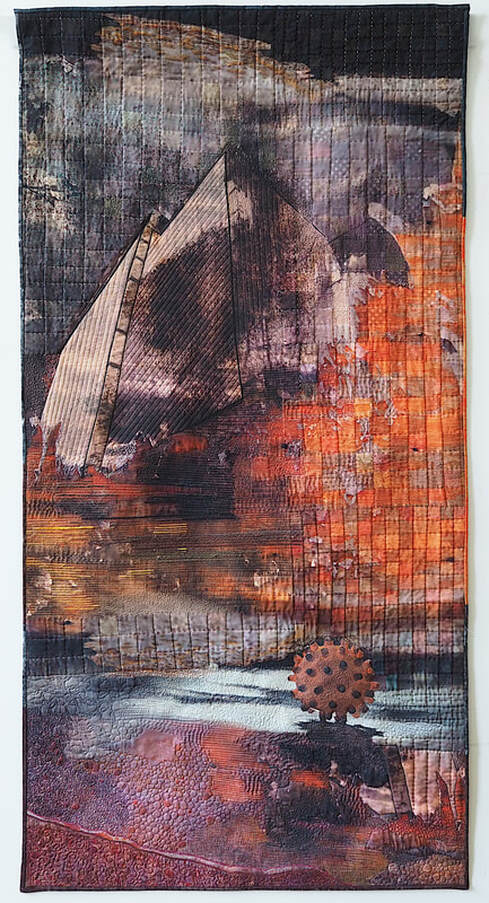 I have been waiting for today. This is notification day for the Quilt National show. This show is held ever two years, and the show host a variety of contemporary and international art quilts. As with all juried shows, the exhibit slants differently every year, due to the subjective nature of jurying. I have no doubt that each jurist tries their hardest to be fair and that is appreciated, but when compiling a "best of" grouping, it is impossible not to have your own opinions. I say this to recognize the difficulty of being a jurist (I have done so in the advertising world, so I empathize), to console the makers of pieces that may not have been juried in, and to explain my anticipation for the day, because it is always an unknown. I submitted three pieces to the judging. The first one "Dystopia in the time of Covid" (34wx60h) is based on the "doom and gloom" of the dystopia that is 2020. The dog toy is an image that I had, and the first time I saw a picture of the virus, that is exactly what I thought it looked like. The collage image is printed on chiffon, and behind the chiffon is a grid made from the remnants of the masks I made for the protection of family and friends. The second piece I submitted was this self portrait, "Just Thinking" (50wx36h). The background of this one is woven fabrics, and the weaving blends into the image via some painting and the stitching. The image itself was printed black and white on a linen-like canvas. It was then hand 'colorized' with fabric paint. The third piece, "6' of Chaos" (52wx36h) is also influenced by the Covid world we are all now a part of. Our world seems a bit surreal right now, and I wanted to make this piece feel that way. It is a combination of three photos, with stenciled figures and paint as well as layers of fabric, yarns and stitching. It was my hope that this is the one that would be chosen if I was successful with my entry. I tried so many processes to get the textures and images I wanted. I thought the concept was strong, and the quilt techniques were unique in their use, if not their process!
Happily the judges agreed. This will be appearing in the 2021 Quilt National next June through September in Athens, Ohio at the Dairy Barn. Tomorrow, I will write another blog entry about the processes I used to make this one. So if you want to know more, stay tuned! *"Fat envelope is a carry over from when you were notified be snail mail, not email. The "skinny envelope" contained only a rejection letter, while the "fat envelope" contained the acceptance, show information, and contracts. I have written before and often pontificated about how we need only to look around for ideas. We do not have to go to exotic places, or view wide vistas; I spent a month photographing only thing on my block ( for more about that CLICK HERE , or HERE). my search continues, and is probably even more focused since none of us are wondering far these days.
There is a quote from Mary Oliver that addresses this: "Pay attention. Be astonished. Tell about it." I love that and if I have a mantra in life, that is it. Today after that debacle of a debate last night, we must continue to be vigilant and proactive, but maybe today, you need a little "pay attention and be astonished" to remember the beauty that is still all around us even in these times of pandemic and politics. I thought I would just post a lot of my latest "details of life". Some from walks around the 'hood, some from a boring ride in the car, etc... |
Categories
All
Archives
January 2022
If you are really into history, click here for blog posts prior to 2014 !
|
|
© 2024 Jill Kerttula..
All rights reserved |
|
HOME |
ARTWORKS
|
CONTACT & ARTIST INFO |
|



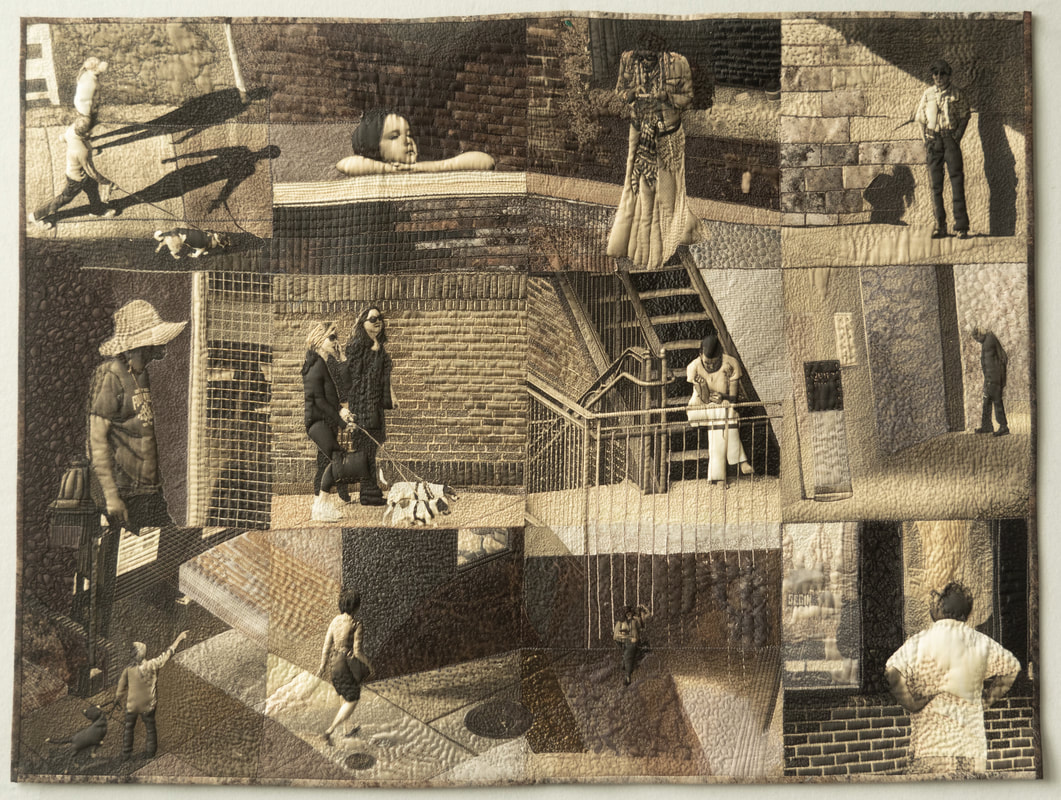
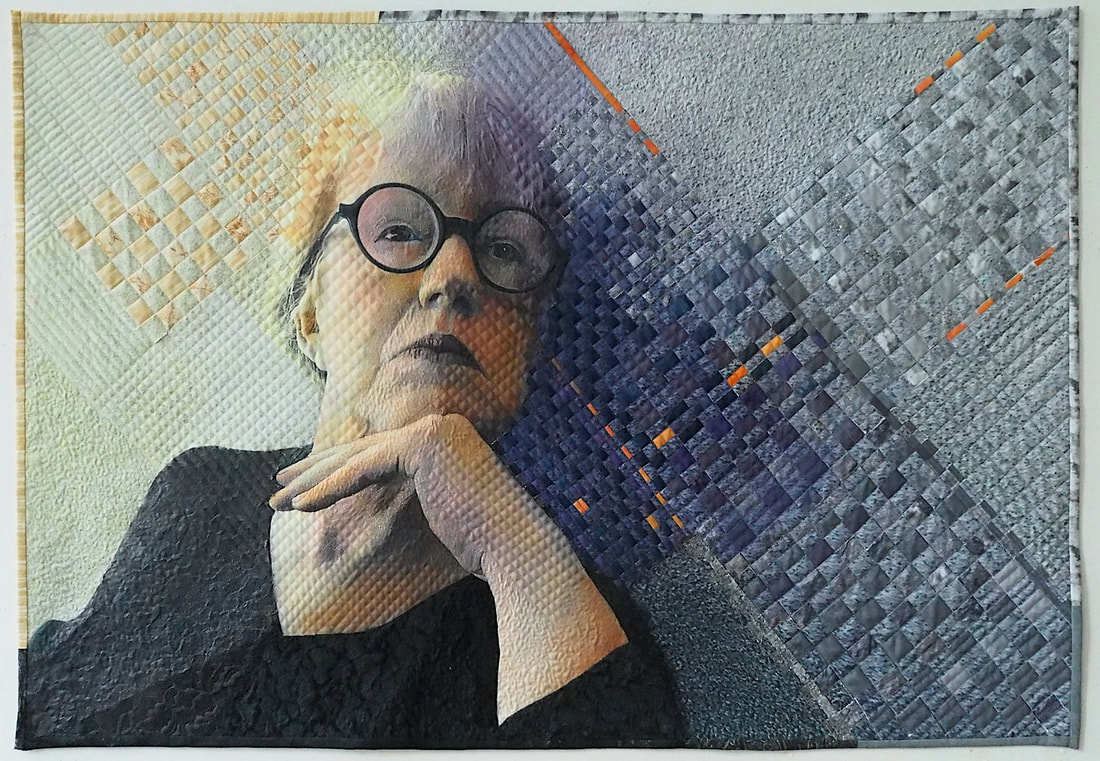









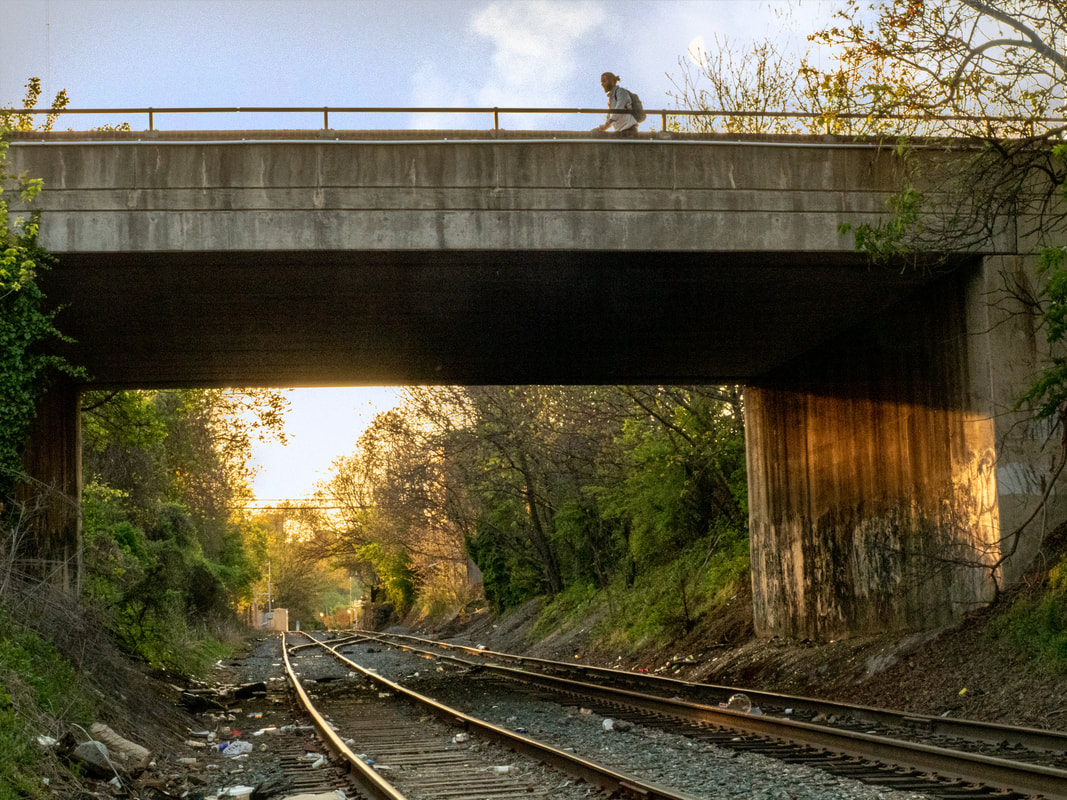

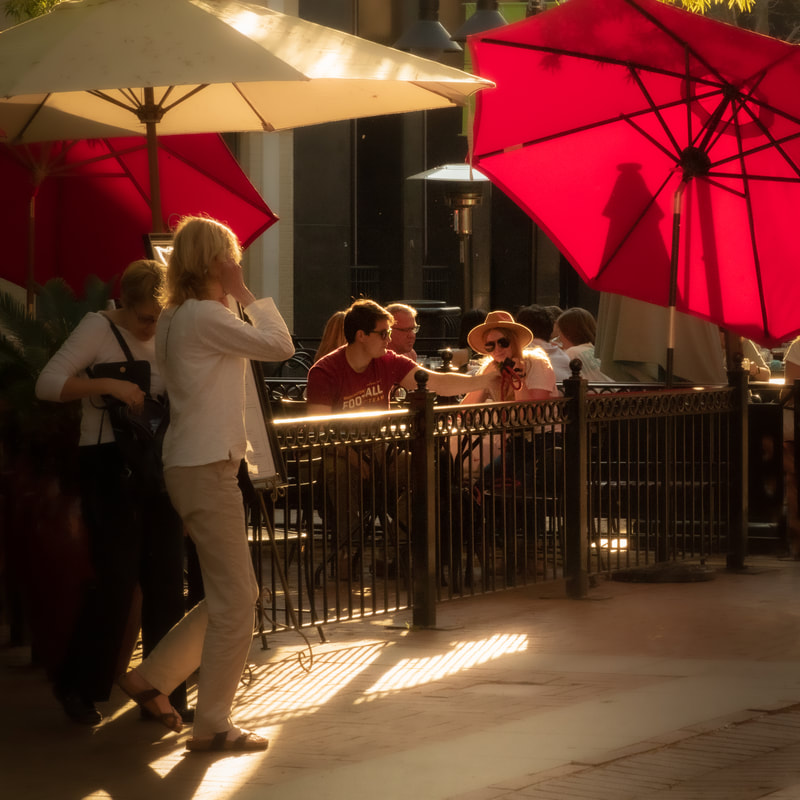




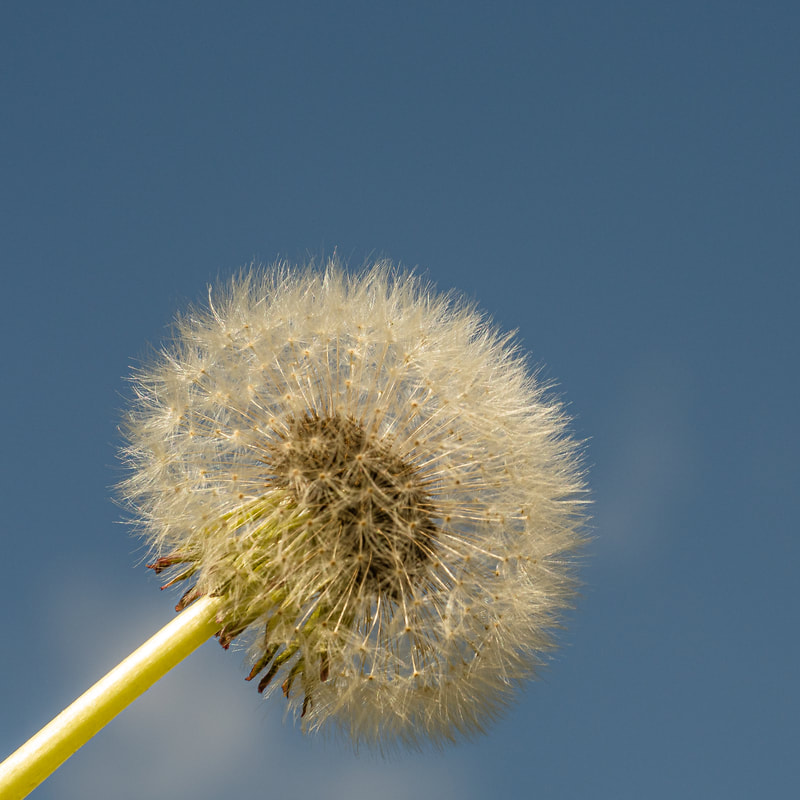










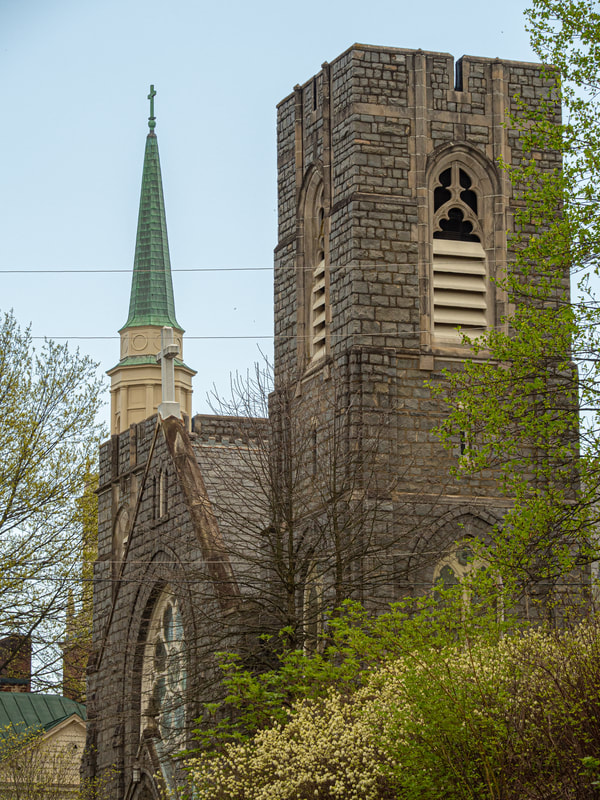

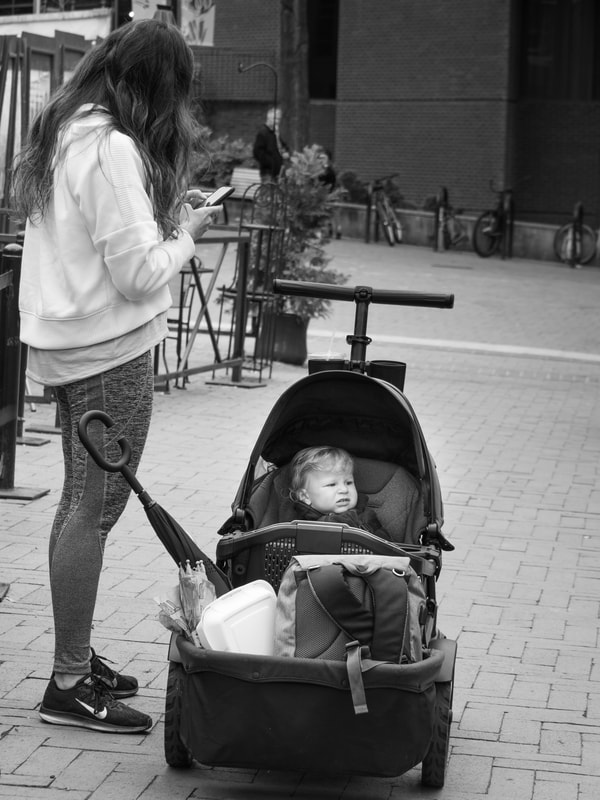







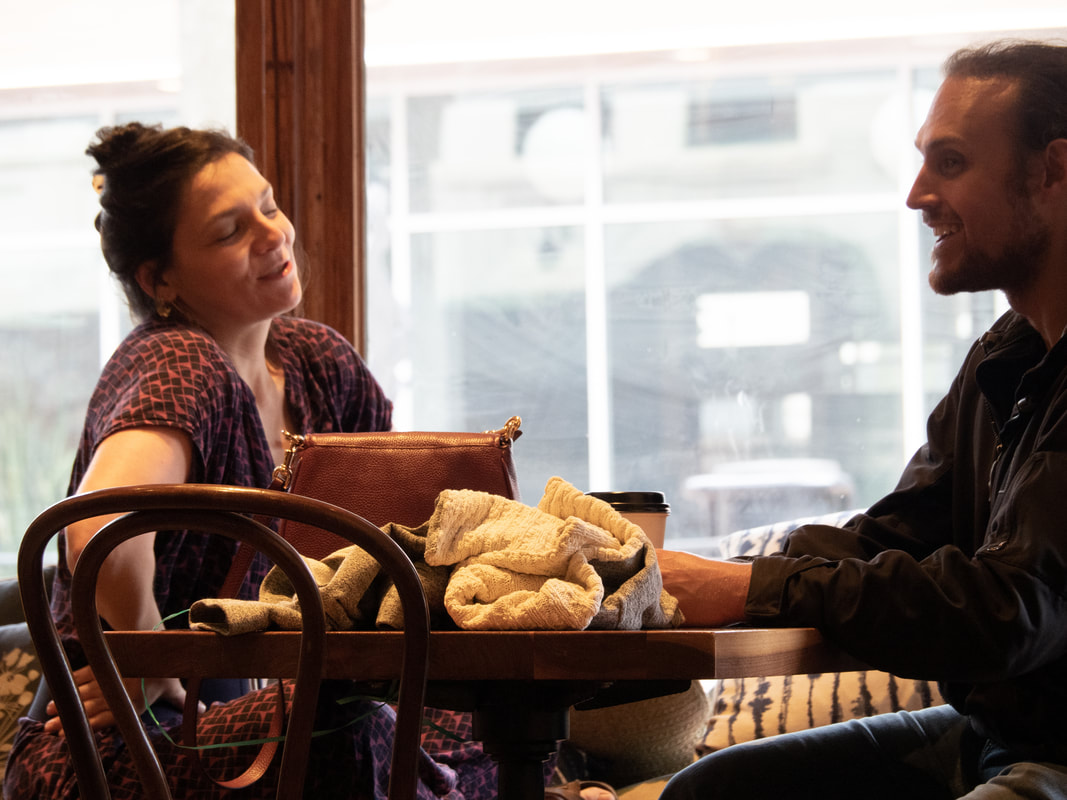





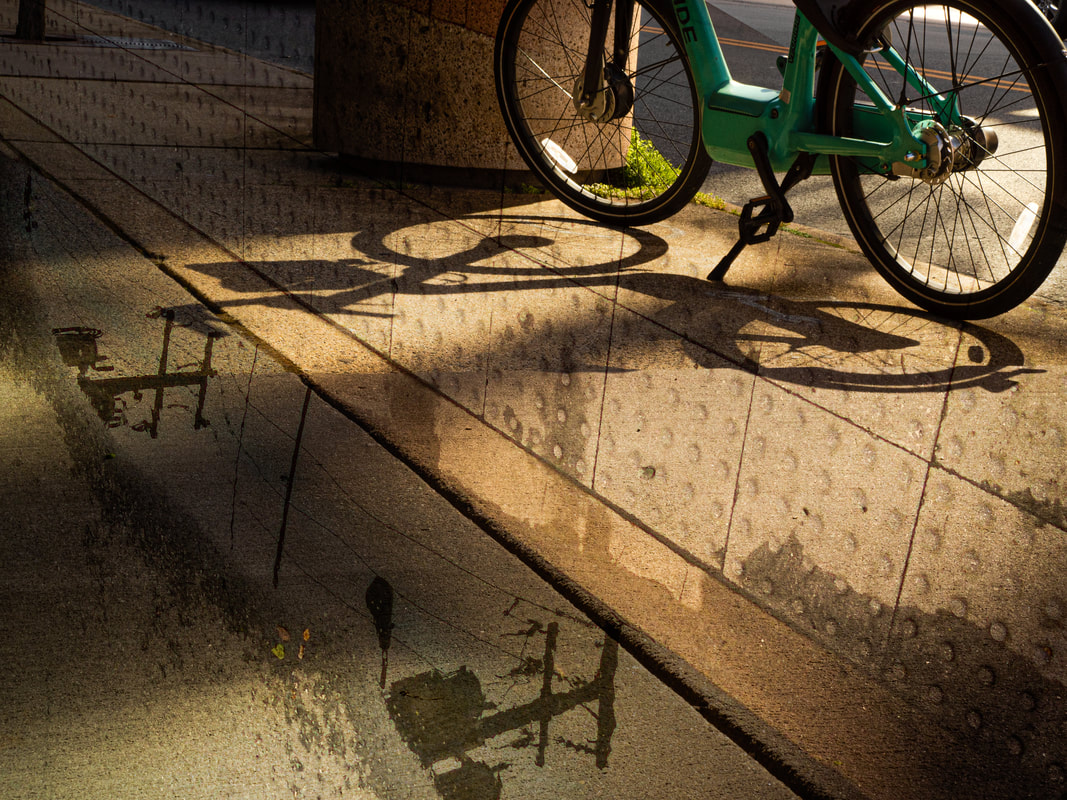

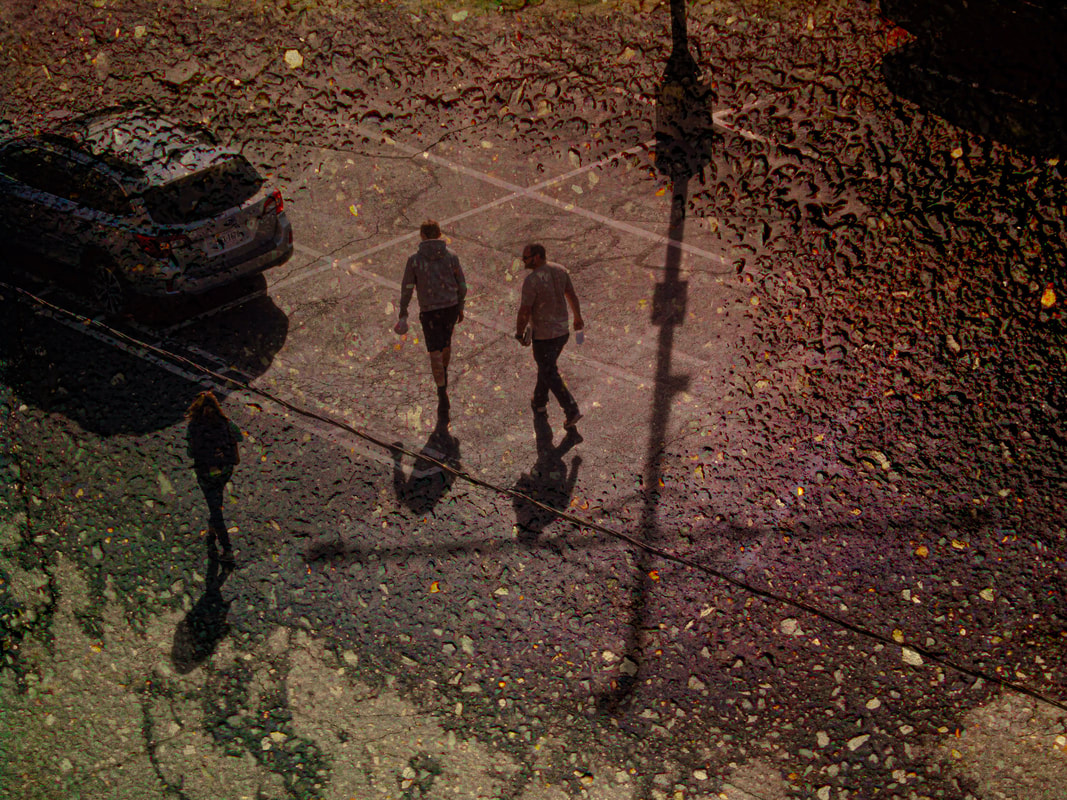
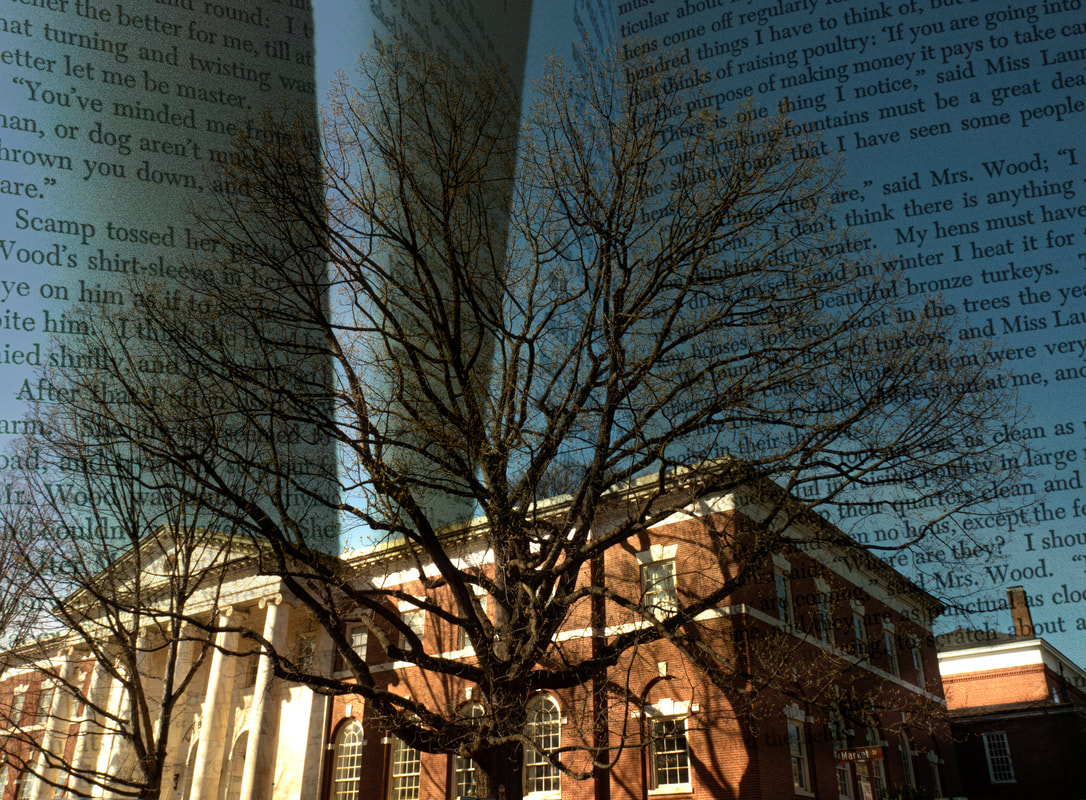

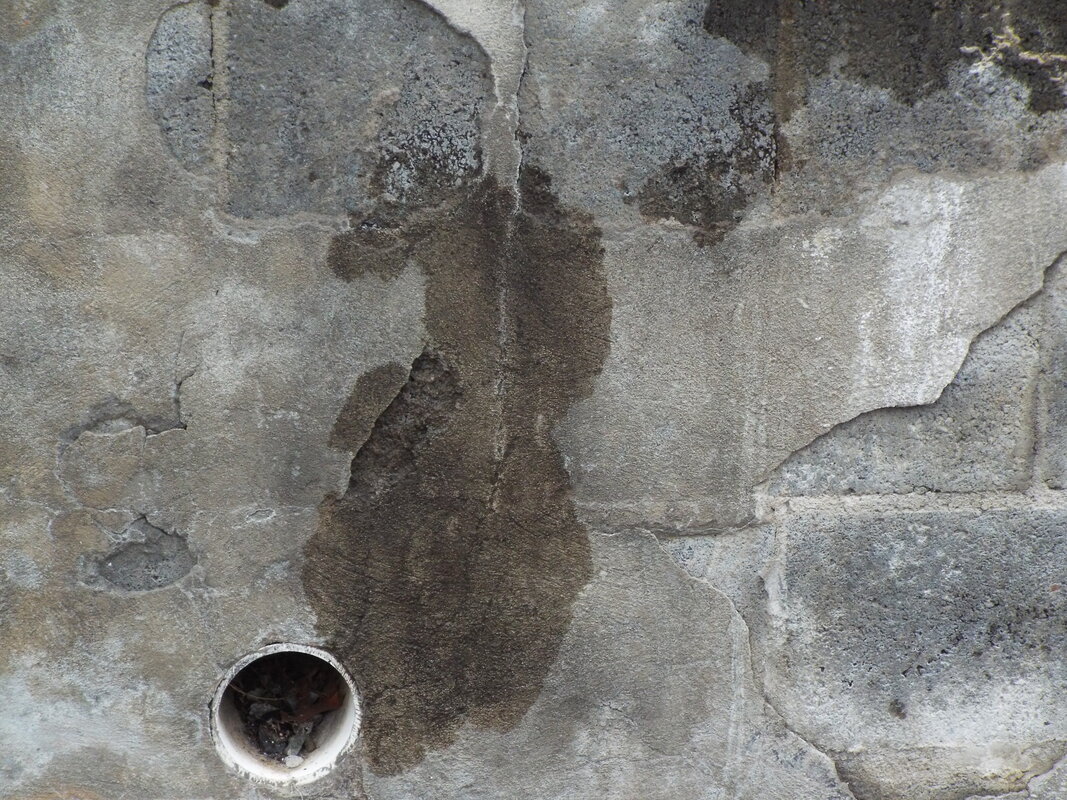



















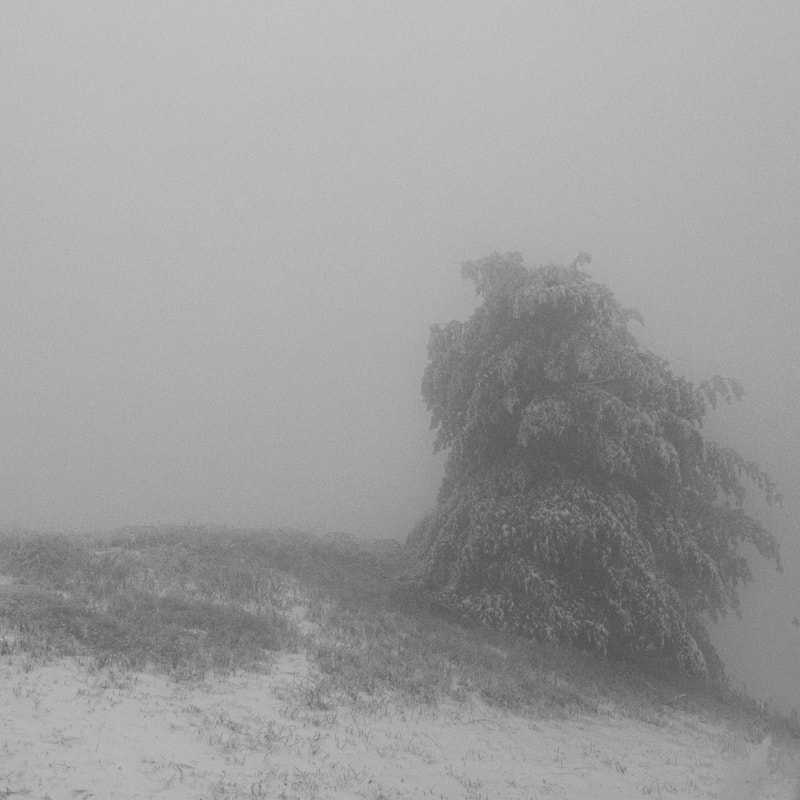















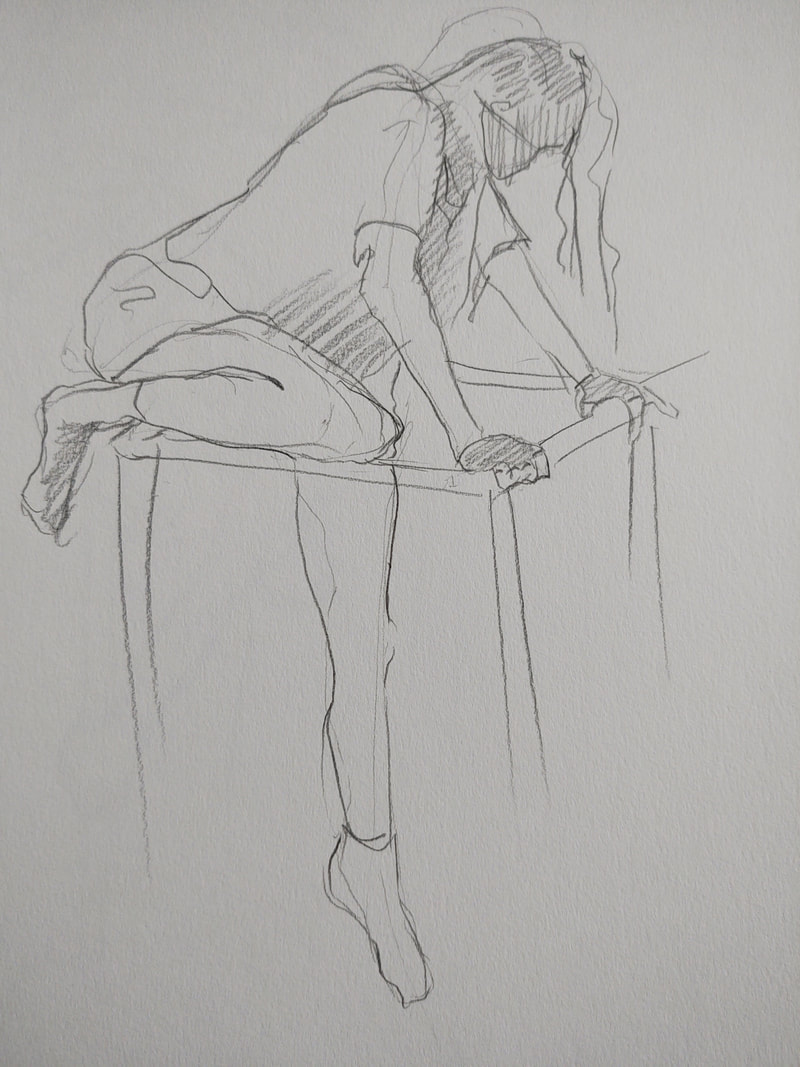




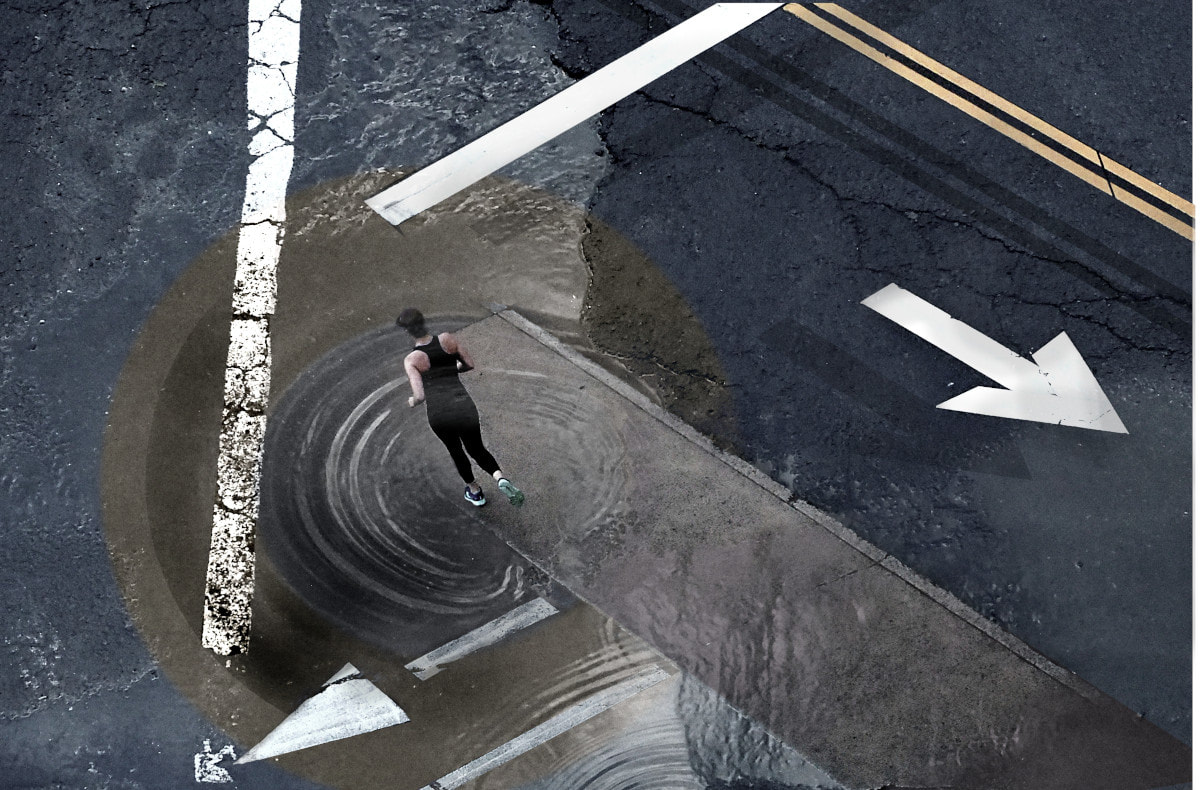








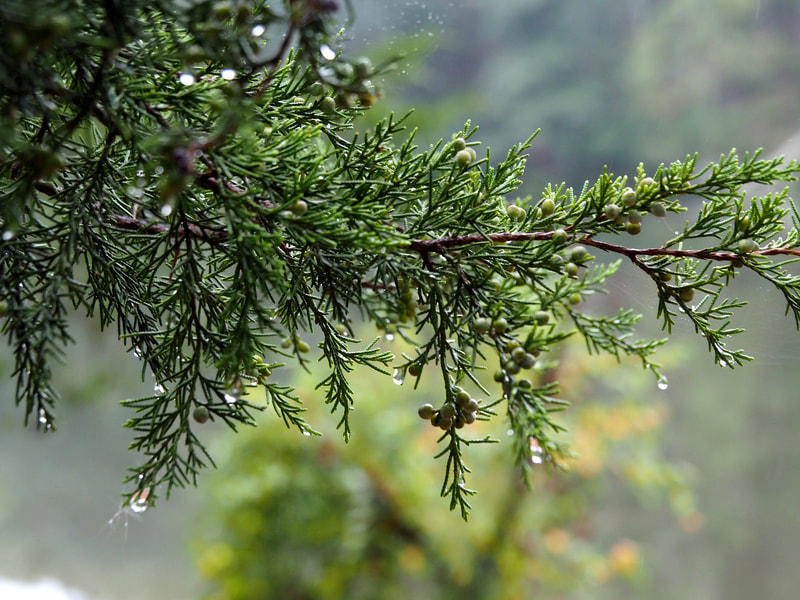


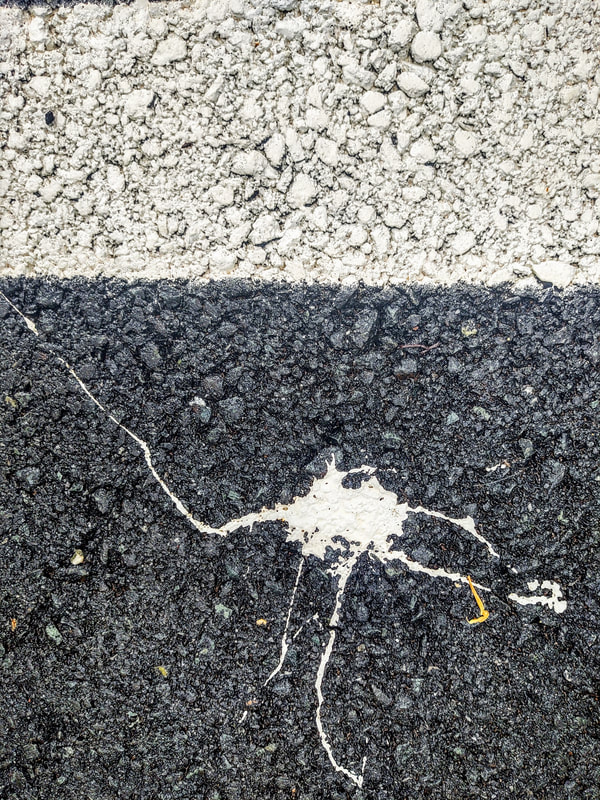















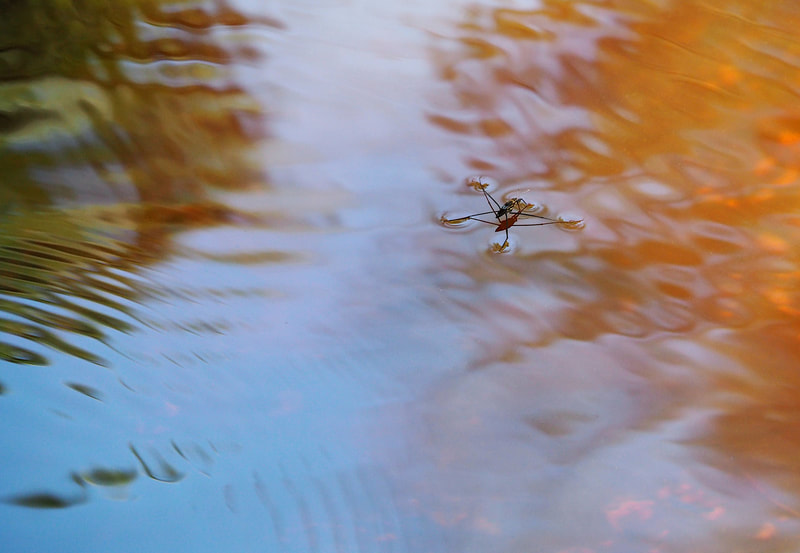

 RSS Feed
RSS Feed